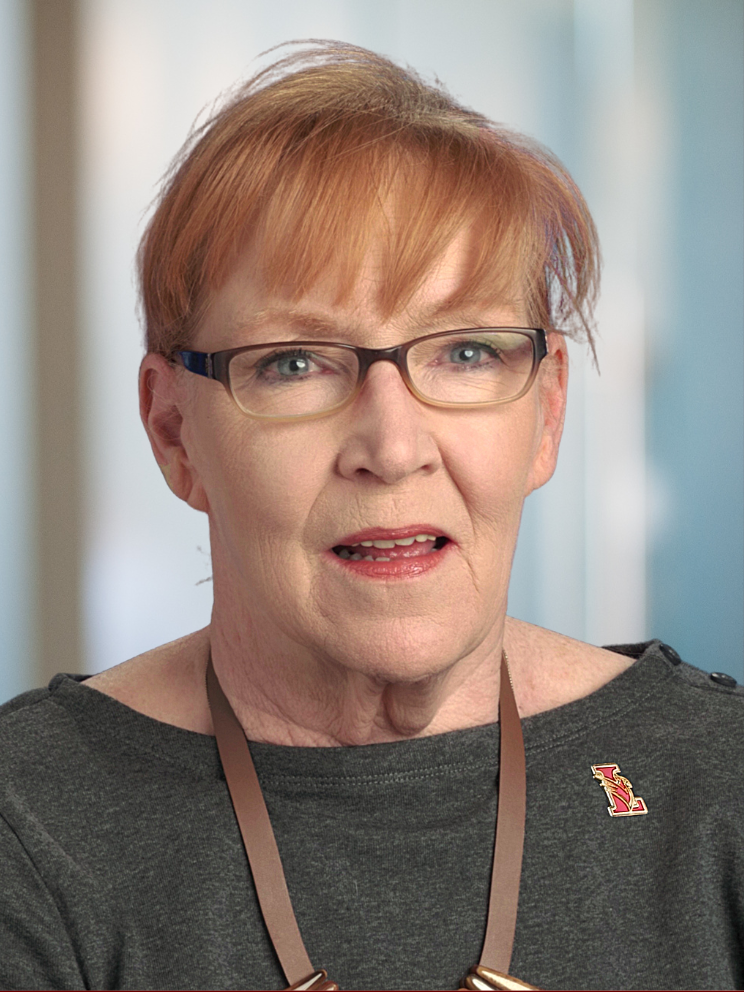Have you met my dog, Ruffles? At her annual well-dog visit, my vet referred to her as geriatric. Ruffles is almost a decade young, and sure, she is a little grayer and sometimes doesn’t make the leap onto the bed on her first try, but geriatric?
The vet noted that my dog is showing signs of age-related vision loss and detected a benign heart murmur, but otherwise Ruffles looked fine; no inflammation, excess weight or tooth decay. He reminded me of the importance of keeping her entertained and added a vitamin supplement for her dry skin. Even with her mostly clean bill of health, I continued to think about her advancing years after we got home. I wondered if I should be changing her routine.
I looked online and found some interesting facts. Like people, dogs are living longer than ever. One reason? The quality of dog food has improved and even store-brand kibble must meet nutritional standards. Ruffles eats more upscale than I do—her food includes salmon and buffalo. Now you can find food targeted for the changing needs of a dog’s life. There’s chow for puppies, for weight management, for joint issues and for dogs age 7 and up.
In addition to feeding our dogs better, we are taking better care of them overall. When I was growing up, we took the dogs for the occasional rabies shot and let them run loose in the neighborhood. Spaying was virtually unheard of for the males and we fed them table scraps. These days, most communities have leash laws and I rarely see a dog without its person. We license our dogs and are charged a fee for an unneutered pet.
But a doggie dentist? My dog-loving dad would turn in his grave. While I have never had Ruffles’s teeth cleaned, I know many people who take their dogs to a canine dentist a few times each year to remove plaque or address gum disease.
Defining a dog as geriatric isn’t an exact science. Generally speaking, larger breeds age faster, so a Great Dane will show signs of aging before a Yorkie. Eventually, though, all dogs slow down, tire more easily or lose agility. Some dogs experience cognitive shortcomings or diminished control over bodily functions. They can develop arthritis, heart problems and cancer. In fact, cancer is responsible for approximately half the deaths of pets over 10 years of age.
According to an article at msn.com, you should take your pup to the vet twice a year after age 7. With dogs aging up to 10 times faster than humans, this isn’t overkill. Often the vet can prescribe pain relief or supplements for health issues and advise on the right amount of calories and exercise for your dog’s specific needs. Your BFF may not be able to go on a long walk, but don’t give up on exercise; just shorten the duration and go more frequently.
Now that I see that Ruffles isn’t quite as spry as she once was, I’m getting her a better quality dog bed. She bunks with me at night, but during the day she has her “guard spot,” and maybe she’d appreciate more padding where she snoozes. And if she misses more than she hits when she jumps up on the bed, I will get her some doggie steps to help.

Pepper Evans works as an independent-living consultant, helping older adults age in place. She is the empty-nest mother of two adult daughters and has extensive personal and professional experience as a caregiver. She has worked as a researcher and editor for authors and filmmakers. She also puts her time and resources to use in the nonprofit sector and serves on the Board of Education in Lawrence Township, NJ.



